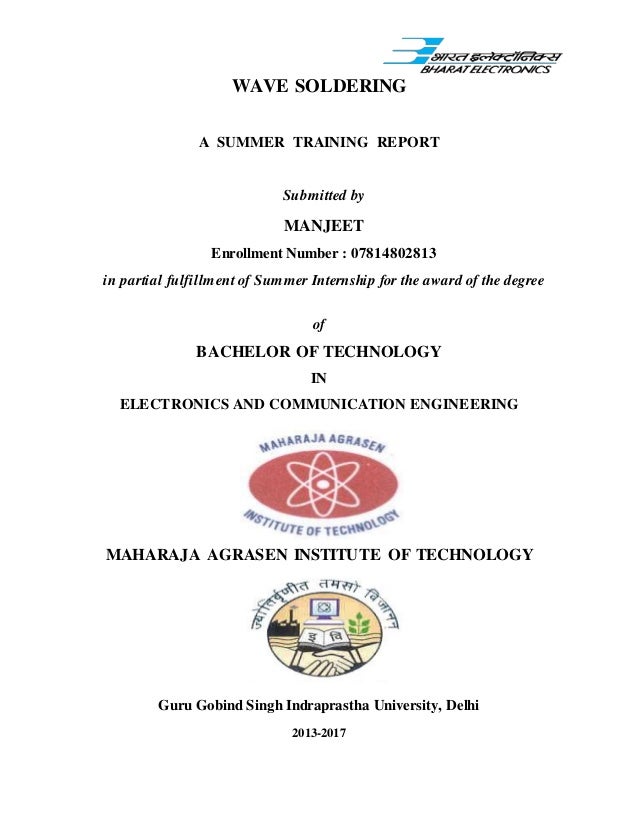- Basic Soldering For Electronics Pace Handbook Of North American
- Basic Soldering For Electronics Pace Handbook Of North Ohio
- Basic Soldering For Electronics Pace Handbook Of North American
- Basic Soldering For Electronics Pace Handbook Of North Texas
| Amateur Radio | Amazon.com |Biology | Books | Chemistry | Data Sheets | Electronics | Math | Microscope | NASA-TV | |
Basic Soldering For Electronics Pace Handbook Of North American
ELECTRONICS COURSE OUTLINE (Print this Page.)Then go HERE.
This is the BEST basic electronics course on the internet. Why? Because it is organized so you can select your areas of interest and go directly to them. Most internet courses are disorganized and it is hard to find particular information and follow their train of thought. There is a lot of good information on the internet but finding it and organizing it takes a lot of time, skill and effort. We have done all that for you. Enjoy.Whatever your interest or current level of knowledge you can find valuable information here in our FREE electronics course. If you are a rank beginner or have a post doctorate in electrical engineering you can find informative material in our course. You are encouraged but not obligated to buy the books we suggest to supplement the free material. This is our only means of support.

KELA 0172 IPC-A-610F Acceptability of Electronic Assemblies IPC 1-580986-28-5 KELA 0151 Pace High Reliability Interconnection Technology Handbook PACE 5050-0082 Pace Workbook Basic Soldering for Electronics PACE 5050-0083 KET2 0109 Introductory Mathematics, 4th. Solder is a metal or metallic alloy used, when melted, to join metallic surfaces together. The most common alloy is some combination of tin and lead. Certain tin-lead alloys have a lower melting point than the parent metals by themselves. The most common alloys used for electronics work are 60/40 and 63/37.

FIRST: Look over the course table and quickly browse through all the links. This will give you a feel for where you should start depending on your current skill level and also an idea of where you can go with the course. Print out these pages and use it to track your progress by placing check marks in the 'Check Box' column labeled CK.

SECOND: Write down your objectives for the course in the space below. Answer the question, 'what do you want to learn from this course'. What is your purpose for spending your time on this course, and what do you want to do with the information? Then, organize and schedule your time.
| Your course objectives: | |
| Your Notes: : | |
| Study Guide & Test: | Bell South Electronics Study Guide and Testhttp://www.asisvcs.com/publications/pdf/710041.pdf |
Basic Soldering For Electronics Pace Handbook Of North Ohio
COURSE TABLE
Basic Soldering For Electronics Pace Handbook Of North American
Phase I: Electricity | Phase V: Advanced | ||
| Introduction (1) | Amateur Radio | ||
Basic Electricity(2) | Antennas & Wavelength | Power Supplies-Ckts | |
| Books - Basic Electronics | Radio Astronomy | ||
Phase II: Components: | Books - More Books | Ref. I - Engineering | |
Basic Electronics(3) | Books - Top 10 | Ref. II - Electronics | |
| Resistors & Circuits (4) | Calculations/Conversions | Resonant Circuits | |
| Ohms Law (5) | Calculators for Electronics | RF Design | |
| Capacitors and Circuits(6) | Circuit Design - SPICE | RF Cafe | |
| Inductors(7) | Circuits and Science | Robots | |
| Data Sheets | Schematics-Projects | ||
Phase III: Workshop | DSP - Design - Tutorial | Simulation | |
| Math for Electronics (8) | Electronics Links | Smith Charts | |
| Shop Practices(9) | Engineer on a Disk | SAS | |
Test Equipment (10) | FCC | Software - Electronics | |
Soldering - How to(11) | Ferrite Cores | Software - Engineering | |
| Filters | Standards & Formulas | ||
Phase IV: Active Ckts. | Fourier Transform | Substituting-Transistors | |
| Transistors/LED's(12) | Formulas - EE | Technical Links | |
| Integrated Circuits(13) | HF Transformer Design | Television | |
| Digital Electronics(14) | Lasers | Toroids I | |
| TTL Logic (15) | MathCAD-Electronics | Toroids II - Calculating | |
| Eddy Currents (16) | NEWS-Industry | Transistors/LED's | |
| PCB Design | Tutorials - Free Online |
THIRD:Book recommendations and suggestions to accompany this course are:
ELECTRICITY - Schaum's Easy Outline of Basic Electricity or Navy Basic Electricity
BASIC ELECTRONICS
Basic Electronics by Grob, | |
Math for Electronics by Grob, | Art of Electronics by Horowitz, |
Art of Electronics - Student Manual by Horowitz, | |
Electronic Principles by Malvino, | Electronics ScrapBook by Forrest Mims, |
Experiments Manual by Malvino, | Engineers Notebook by Forrest Mims, |
Workbook by Malvino, |
Basic Soldering For Electronics Pace Handbook Of North Texas
TECHNICIAN
EDN's Analog Circuit Design, |
| The Circuit Designer's Companion A must have book! |
ENGINEERING - Electrical Engineering Handbook by Dorf
This page can be found at: http://www.101science.com/basicelectronics.htm
Amazon.com Widgets